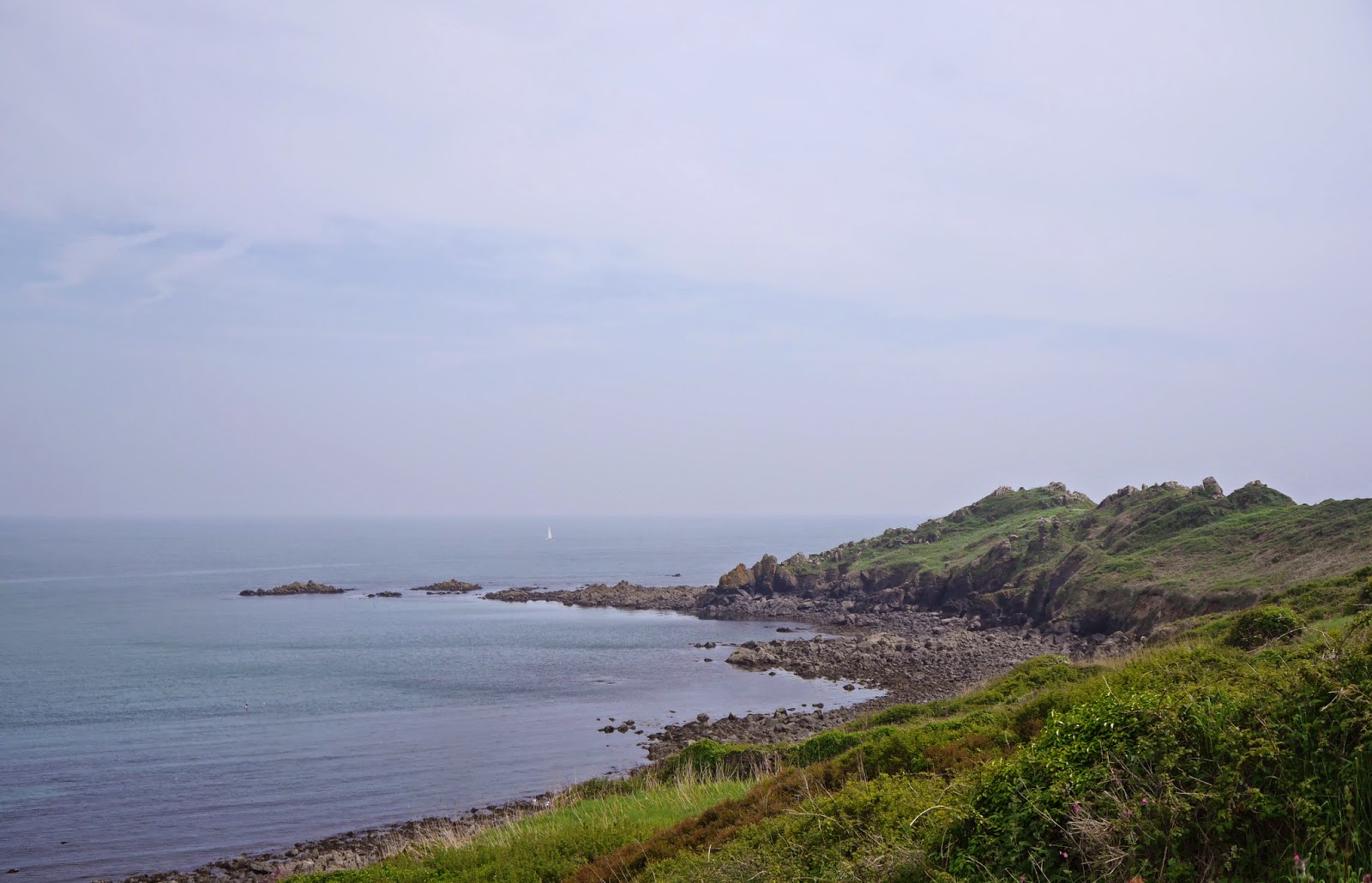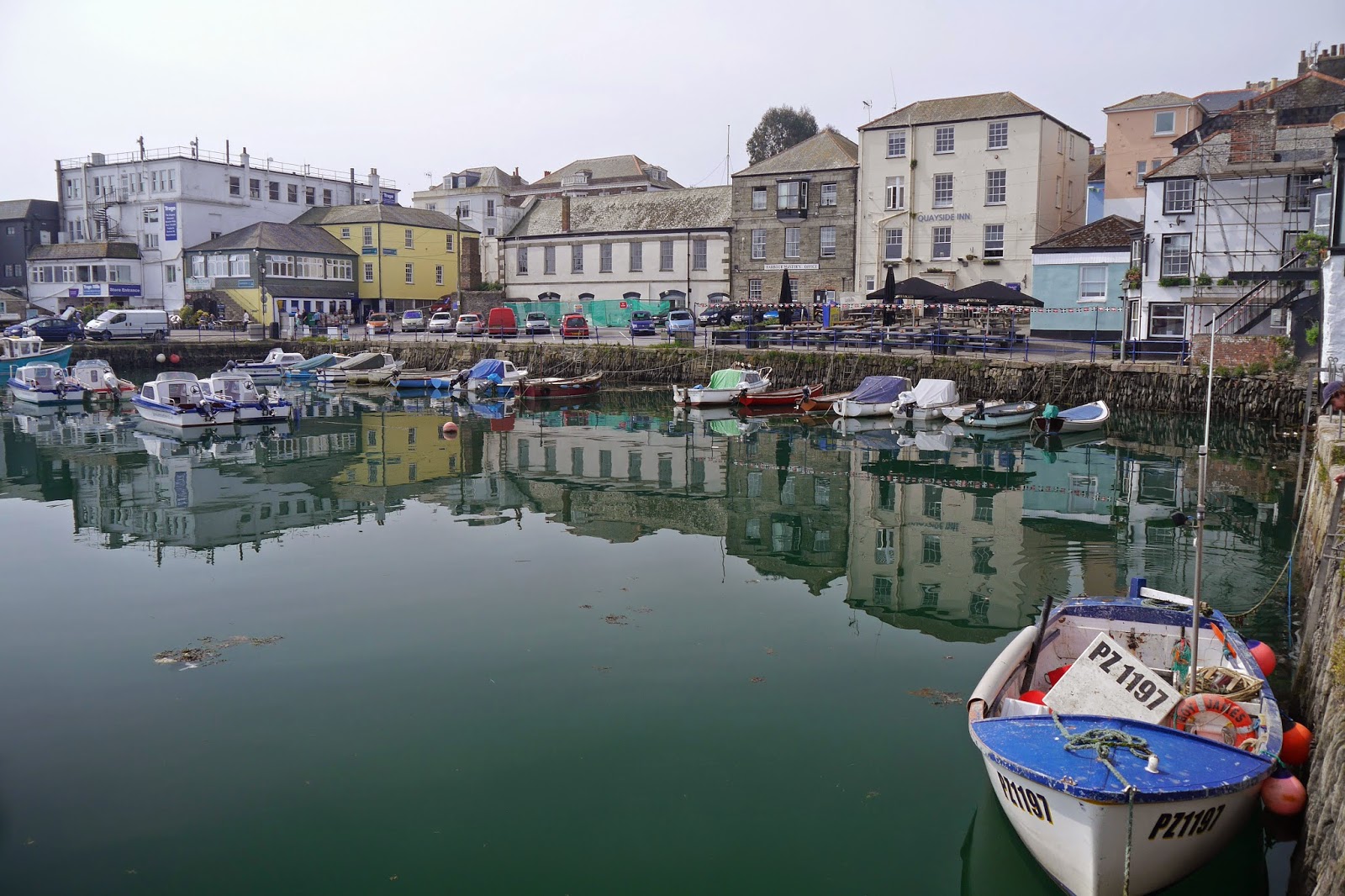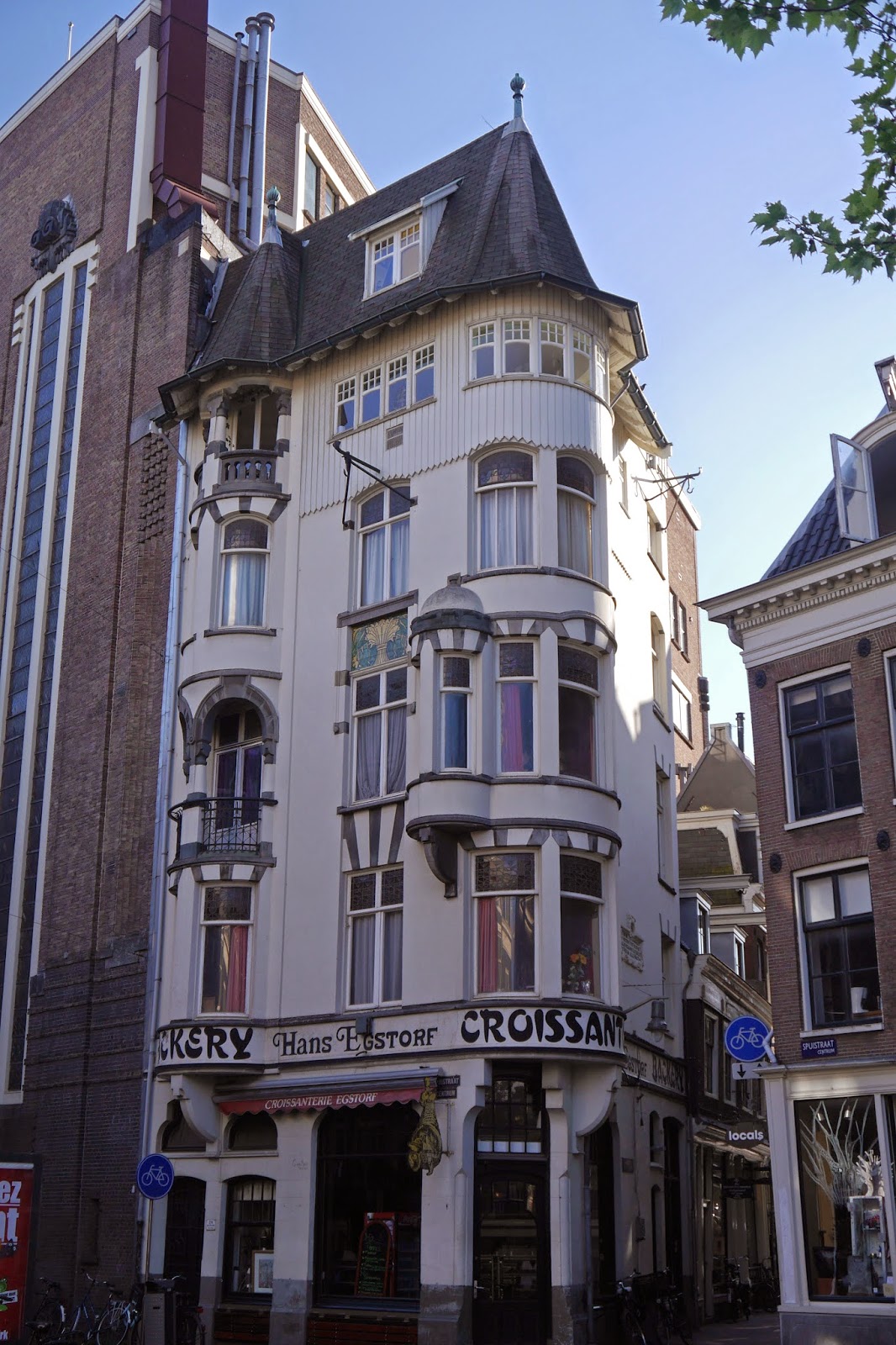Rushton Triangular Lodge
We owe today's outing with Sally and Malcolm to a TV programme about the English Renaiassance. The presenter, James Fox, described the extraordinary Rushton Triangular Lodge and it came to me that I could base a walk around it.
The Lodge was the work of Sir Thomas Tresham a devout Roman Catholic who lived in nearby Rushton Hall (now a luxury hotel). He was imprisoned for his faith for 12 years under Queen Elizabeth and when finally released he constructed this extraordinary building as an expression of his faith. The principal theme of the building is the Holy Trinity and this is reflected at numerous levels: the Lodge has three sides, and internally three floors, each side has three gables and three sets of windows, the windows have trefoil or triangular patterns. There are also various inscriptions, symbols and numbers, not all of which are understood. It dates from 1593-6.
We arrived just after a party of schoolkids and we were delighted that they were inside while we wandered round the exterior and marveled at it.
At length we began the walk over to nearby Rothwell along an roughly straight path across fields, crossing the tiny river Ise on the way.
Rothwell is a charming market town, but it was the ideal destination because of its most notable feature: the Market House. (Unfortunately unavoidably photographed directly into the sun.)
It was designed by William Grumbold for - yes - Thomas Tresham. It dates from 1578 and also incorporates trefoils, Tresham's coat of arms and inscriptions, but no religious motifs. It is a most impressive small building, looking a little run down now.
Just behind the Market House is the large and imposing Holy Trinity church. We liked the warm colours of the local stone of which it is built.
It is mostly 13th century although the tower dates from the 1170s. The church has one of only two known bone crypts or charnel houses in the country, containing the remains of around 1,500 people.
And just beyond the church lies Jesus Hospital, a lovely set of almshouses founded in 1586 by Owen Ragsdale.
The two buildings which project forward are linked to the main building at the back: an unusual variant on the common E shape for almshouses. The left one has a date stone 1835 and the right one 1855. Perhaps they were sympathetic Victorian additions or renovations.
Conditions: warm and sunny
Distance: four miles
Map: Explorer 224 (Corby, Kettering and Wellingborough)
Rating: Four and a half stars





























































